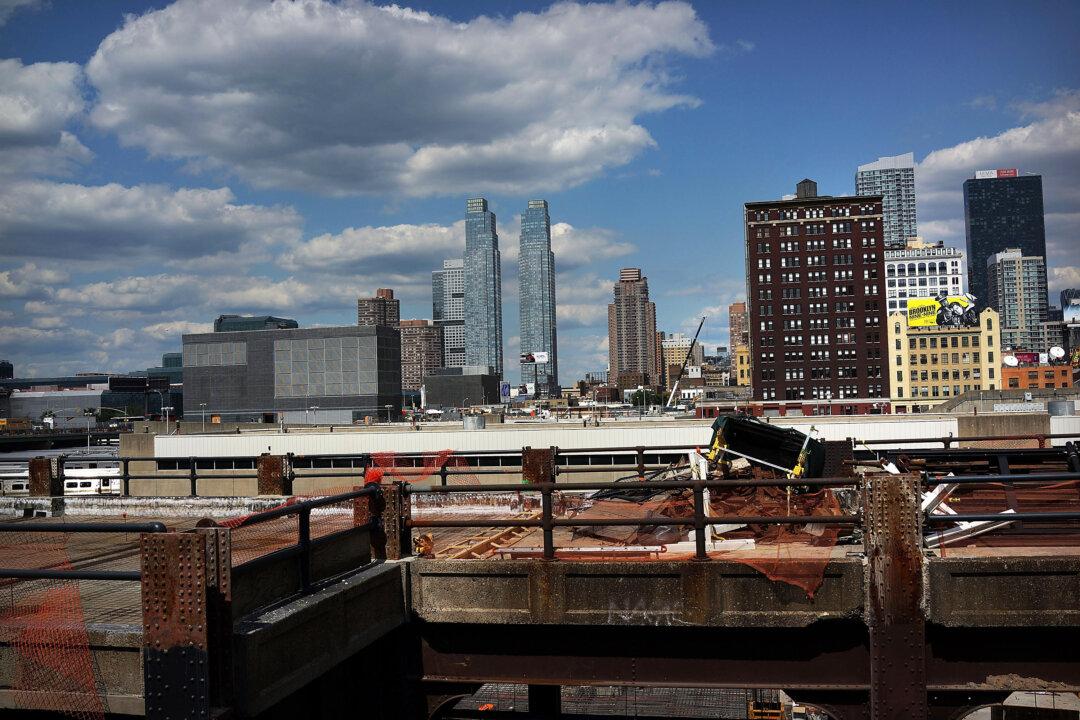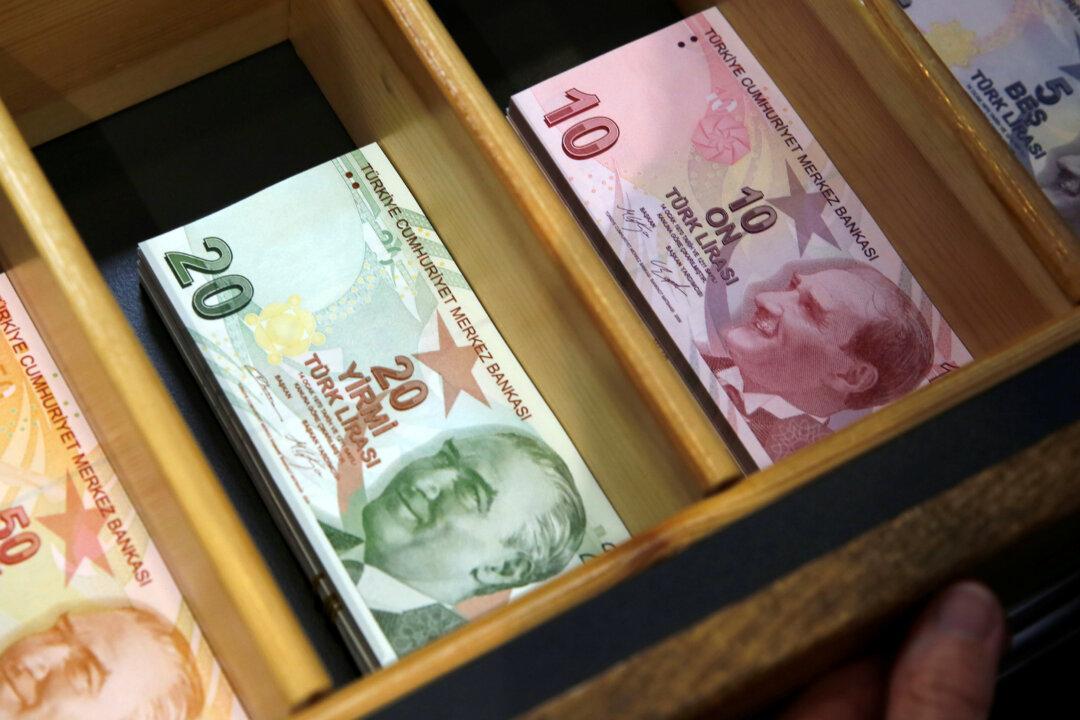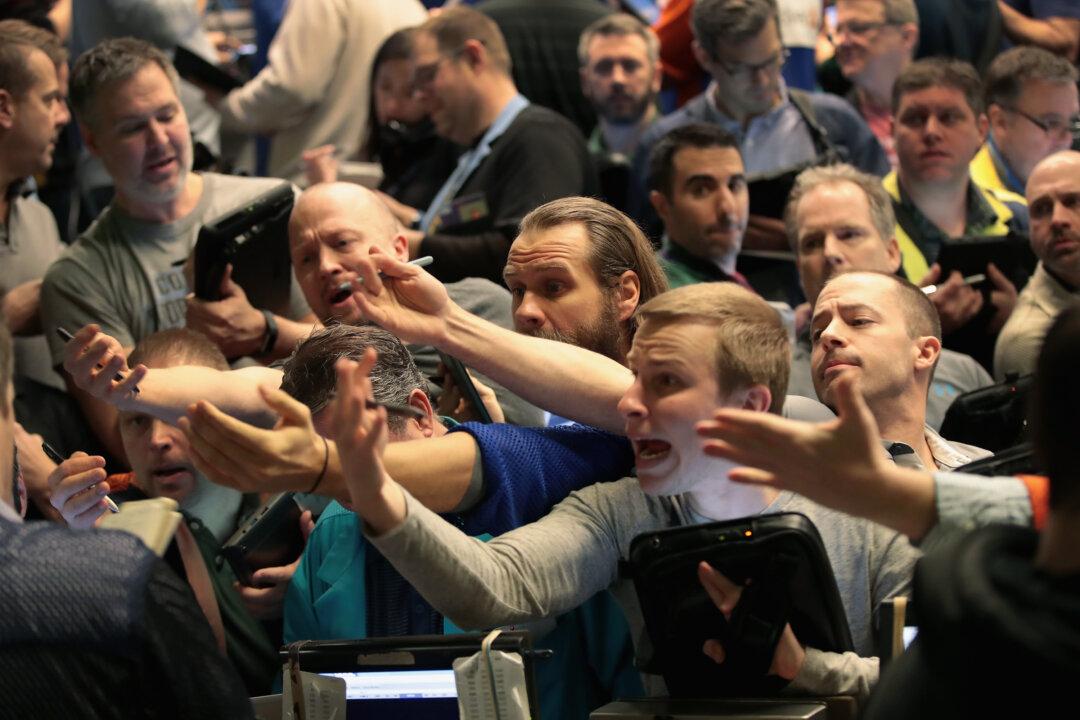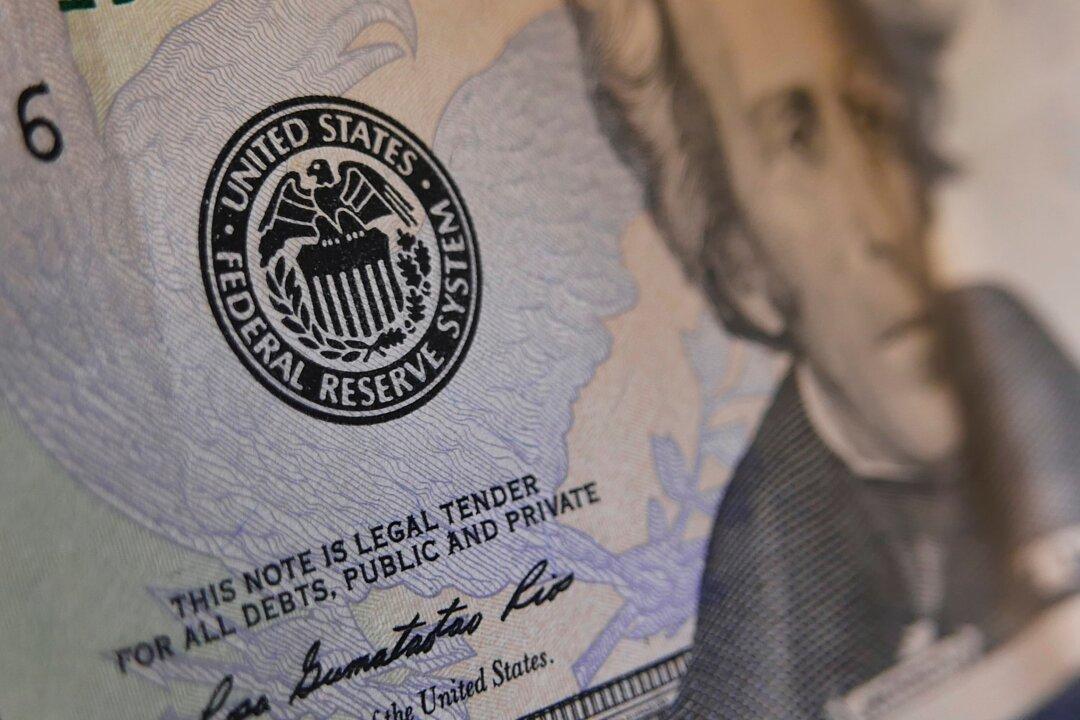Financial bubbles are not accidents. Our asset-backed banking system creates bubbles by design—they’re an inevitability.
Imagine a homeowner who owns a $1 million house free and clear. The owner goes to a bank and borrows $800,000 against the house. This credit money springs into existence as an accounting entry of a private bank. The borrower goes out into the market and starts purchasing other assets: stocks or a weekend house. The new money drives prices higher, including the assets that form the collateral of the banking system.





